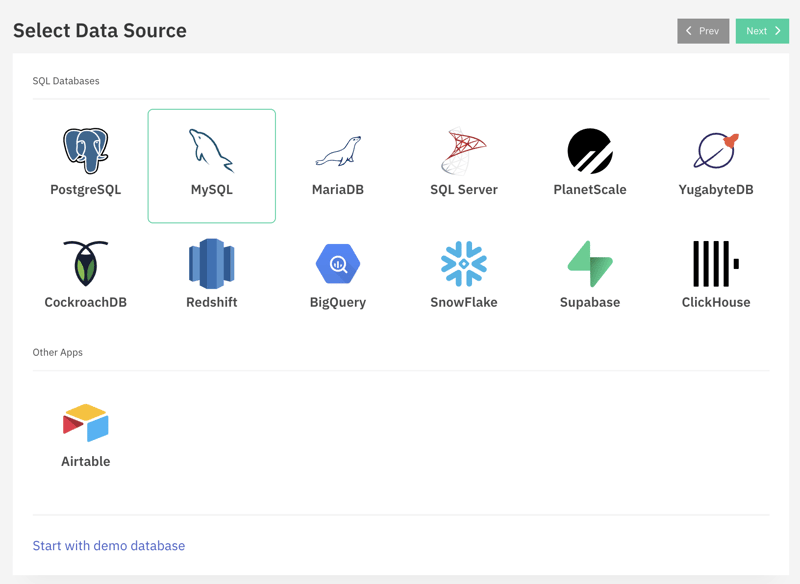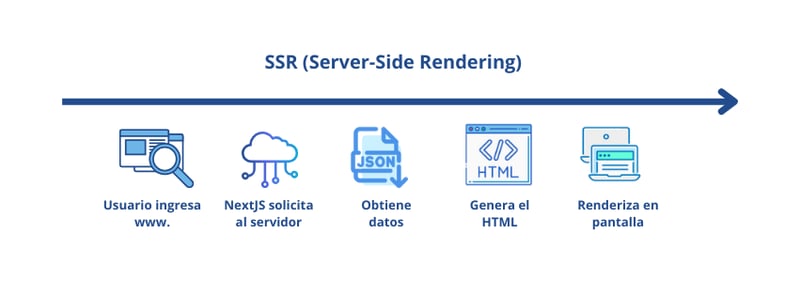Decoding API: The Backbone of Modern Connectivity
Definition: APIs (Application Programming Interfaces) are tools that allow different software systems to communicate and interact with each other. It acts as intermediaries, facilitating the exchange of data. Example: When you use a weather app on your phone, it retrieves data from a weather API to display current weather information. How APIs Work: Think of APIs like messengers between different apps or systems. When you buy something online and click “Pay with PayPal,” that’s where APIs step in. Requesting Info: The app asks for details by sending a message (like a letter) through the API. This includes what it needs and where to get it. Getting the Goods: The API delivers this message to the place that has the info like the PayPal system. Receiving the Reply: PayPal sends back a response with the info requested. Bringing it Home: The API takes this info and hands it over to the app you’re using to buy the product. All this happens behind the scenes, like secret messages passed between computers, so you don’t see it on the screen. Benefits of APIs: Improved Collaboration: APIs help apps work together, making it simpler for teams to collaborate and automate tasks. Speedy Innovation: They let companies team up, create new features, and reach more customers. Example: Stripe started small and scaled big by connecting with others through APIs. Monetizing Data: Companies offer free APIs to attract developers, then sell access to valuable data. It’s like a business built on sharing data through APIs. Safety First: APIs create secure ways for apps to communicate using layers of protection during exchanges. Privacy Matters: APIs help keep your data safe. When a site asks for your location, APIs allow you to accept or deny access. Browsers and systems enforce rules to protect your privacy. Types of APIs Type Description Open APIs Public and available to anyone, like public libraries for data and tools. Partner APIs Access limited to specific partners with credentials. Internal APIs Used privately within an organization to improve internal operations. Composite APIs Combine multiple services into a single call great for complex operations. Real-world Examples Google Maps API: Embed interactive maps into apps to show locations, directions and more. YouTube API: Add YouTube video functionality to apps and websites. Twitter API: Display tweets, post content or build Twitter-integrated apps. GitHub API: Manage repositories, automate workflows and interact with GitHub data. Thanks for Reading! Let’s connect: LinkedIn Behance

Definition:
APIs (Application Programming Interfaces) are tools that allow different software systems to communicate and interact with each other. It acts as intermediaries, facilitating the exchange of data.
Example:
When you use a weather app on your phone, it retrieves data from a weather API to display current weather information.
How APIs Work:
Think of APIs like messengers between different apps or systems. When you buy something online and click “Pay with PayPal,” that’s where APIs step in.
Requesting Info: The app asks for details by sending a message (like a letter) through the API. This includes what it needs and where to get it.
Getting the Goods: The API delivers this message to the place that has the info like the PayPal system.
Receiving the Reply: PayPal sends back a response with the info requested.
Bringing it Home: The API takes this info and hands it over to the app you’re using to buy the product.
All this happens behind the scenes, like secret messages passed between computers, so you don’t see it on the screen.
Benefits of APIs:
Improved Collaboration: APIs help apps work together, making it simpler for teams to collaborate and automate tasks.
Speedy Innovation: They let companies team up, create new features, and reach more customers.
Example: Stripe started small and scaled big by connecting with others through APIs.Monetizing Data: Companies offer free APIs to attract developers, then sell access to valuable data. It’s like a business built on sharing data through APIs.
Safety First: APIs create secure ways for apps to communicate using layers of protection during exchanges.
Privacy Matters: APIs help keep your data safe. When a site asks for your location, APIs allow you to accept or deny access. Browsers and systems enforce rules to protect your privacy.
Types of APIs
| Type | Description |
|---|---|
| Open APIs | Public and available to anyone, like public libraries for data and tools. |
| Partner APIs | Access limited to specific partners with credentials. |
| Internal APIs | Used privately within an organization to improve internal operations. |
| Composite APIs | Combine multiple services into a single call great for complex operations. |
Real-world Examples
Google Maps API: Embed interactive maps into apps to show locations, directions and more.
YouTube API: Add YouTube video functionality to apps and websites.
Twitter API: Display tweets, post content or build Twitter-integrated apps.
GitHub API: Manage repositories, automate workflows and interact with GitHub data.
Thanks for Reading!
Let’s connect:












































































































































































![[The AI Show Episode 143]: ChatGPT Revenue Surge, New AGI Timelines, Amazon’s AI Agent, Claude for Education, Model Context Protocol & LLMs Pass the Turing Test](https://www.marketingaiinstitute.com/hubfs/ep%20143%20cover.png)


























































































































![[DEALS] Microsoft Visual Studio Professional 2022 + The Premium Learn to Code Certification Bundle (97% off) & Other Deals Up To 98% Off](https://www.javacodegeeks.com/wp-content/uploads/2012/12/jcg-logo.jpg)



![From Accountant to Data Engineer with Alyson La [Podcast #168]](https://cdn.hashnode.com/res/hashnode/image/upload/v1744420903260/fae4b593-d653-41eb-b70b-031591aa2f35.png?#)







































































































.png?#)

































































































































![What Google Messages features are rolling out [April 2025]](https://i0.wp.com/9to5google.com/wp-content/uploads/sites/4/2023/12/google-messages-name-cover.png?resize=1200%2C628&quality=82&strip=all&ssl=1)











![iPadOS 19 Will Be More Like macOS [Gurman]](https://www.iclarified.com/images/news/97001/97001/97001-640.jpg)
![Apple TV+ Summer Preview 2025 [Video]](https://www.iclarified.com/images/news/96999/96999/96999-640.jpg)
![Apple Watch SE 2 On Sale for Just $169.97 [Deal]](https://www.iclarified.com/images/news/96996/96996/96996-640.jpg)





































































































































